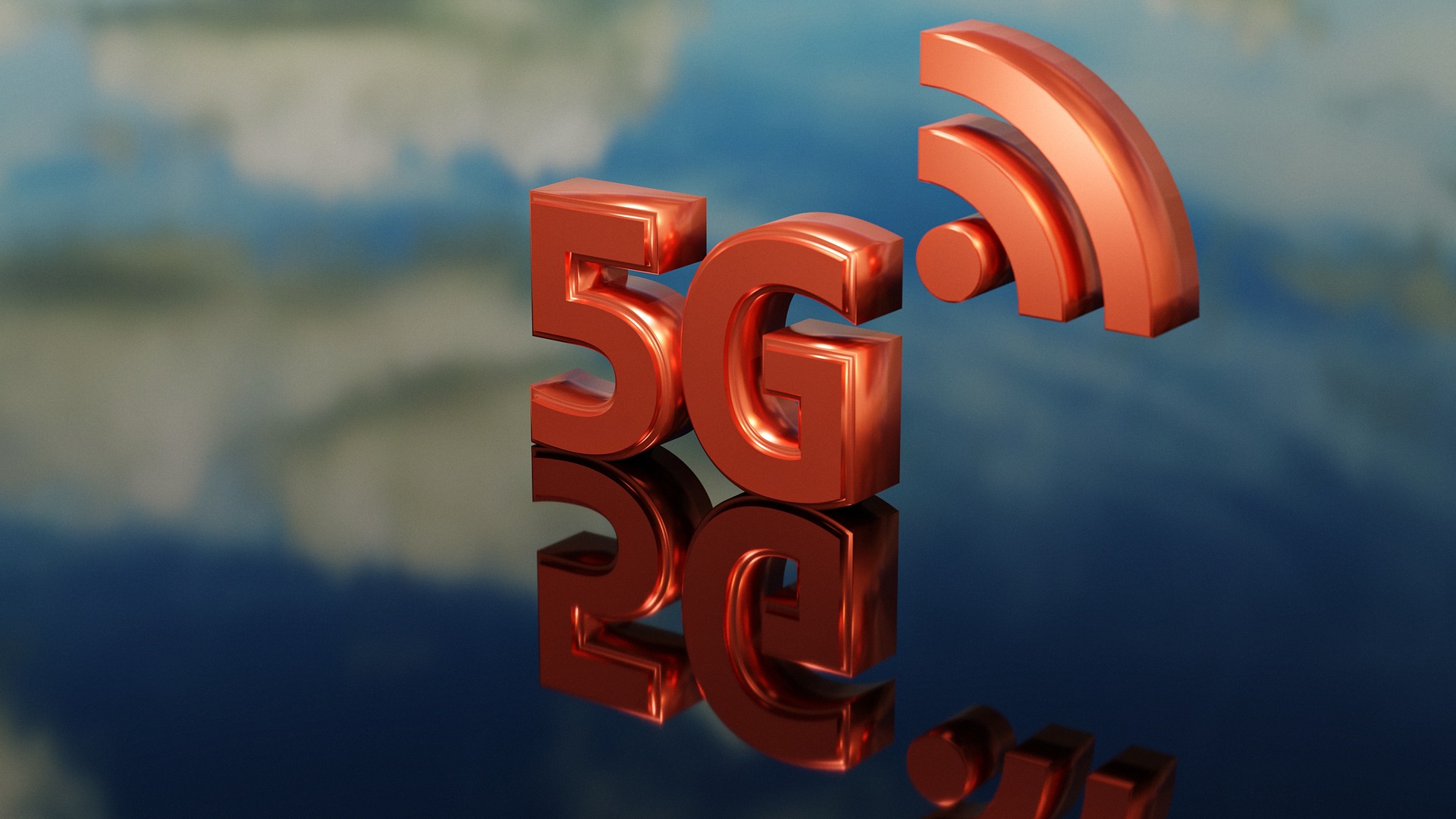Understanding the Potential of Terahertz Communication
In our rapidly evolving digital age, the need for faster and more efficient communication has never been greater. As the limits of current wireless technology are being pushed, researchers are exploring the largely untapped potential of terahertz (THz) frequencies. This article delves into the fascinating world of terahertz communication, exploring its potential impact, challenges and practical applications.

The Dawn of Terahertz Communication
Terahertz frequencies, located between microwaves and infrared light on the electromagnetic spectrum, have remained largely unexplored due to technological limitations. However, recent advancements have propelled its exploration to the forefront of telecommunications research. Historically, the “terahertz gap” – the range between 0.1 to 10 THz – was considered too difficult to work with. But with the advent of new materials and devices, such as graphene and quantum cascade lasers, researchers are now able to generate and detect terahertz waves.
Trends and Regulatory Changes
With the telecom industry reaching the limits of what current technologies can offer, terahertz communication has emerged as a promising solution for future high-speed, high-capacity wireless communication. As a result, regulatory bodies worldwide are now reevaluating spectrum allocations to accommodate terahertz frequencies. In the U.S., the Federal Communications Commission (FCC) recently expanded experimental licenses for terahertz research, enabling more comprehensive exploration of this frequency band.
Impact and Challenges of Terahertz Communication
The implications of terahertz communication are vast. With data rates potentially exceeding 100 gigabits per second, it could revolutionize industries like entertainment, health care, and manufacturing. However, several challenges persist. Foremost among these is the significant signal attenuation at terahertz frequencies, which necessitates the development of highly sensitive receivers and efficient amplifiers. Additionally, researchers must devise ways to focus the beamwidth of terahertz signals to ensure accurate transmission.
Practical Applications of Terahertz Communication
Despite these hurdles, promising applications of terahertz communication are emerging. In health care, terahertz imaging could provide non-invasive, high-resolution scans. In manufacturing, terahertz sensors could enable rapid quality control. On a larger scale, terahertz communication could support ultra-fast, high-capacity wireless networks, propelling advancements in areas like augmented reality, autonomous vehicles, and smart cities.
Backed by Research
The potential of terahertz communication is backed by extensive research. Numerous studies have demonstrated the feasibility of terahertz communication, and collaborations between academia and industry are accelerating its development. For instance, researchers at Brown University recently achieved a data rate of 50 gigabits per second using terahertz waves, setting a new record.
As we stand on the cusp of a new era in telecommunications, the potential of terahertz communication is undeniable. While significant challenges remain, the ongoing research and development efforts promise exciting, groundbreaking advancements in the near future.





